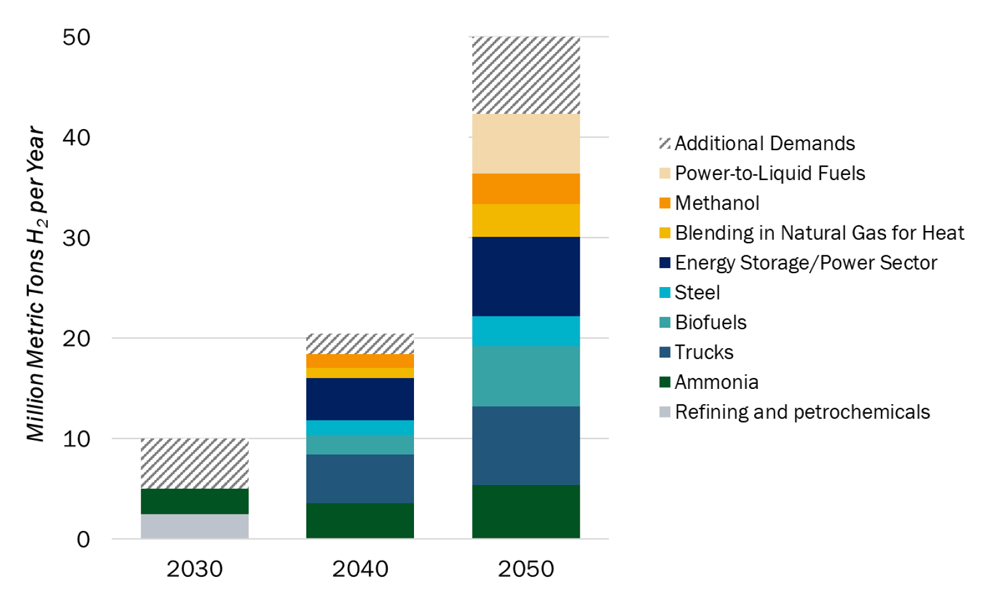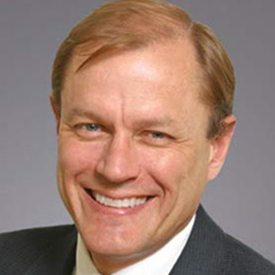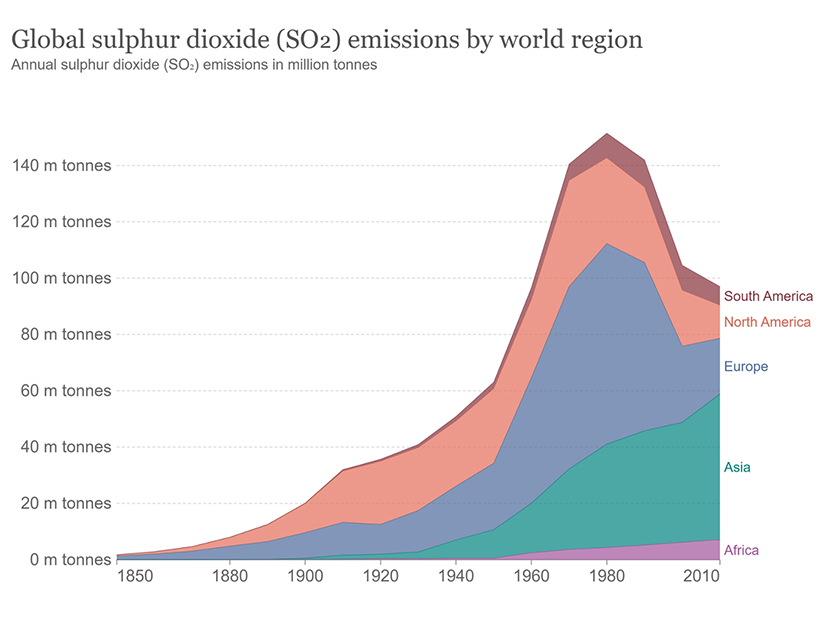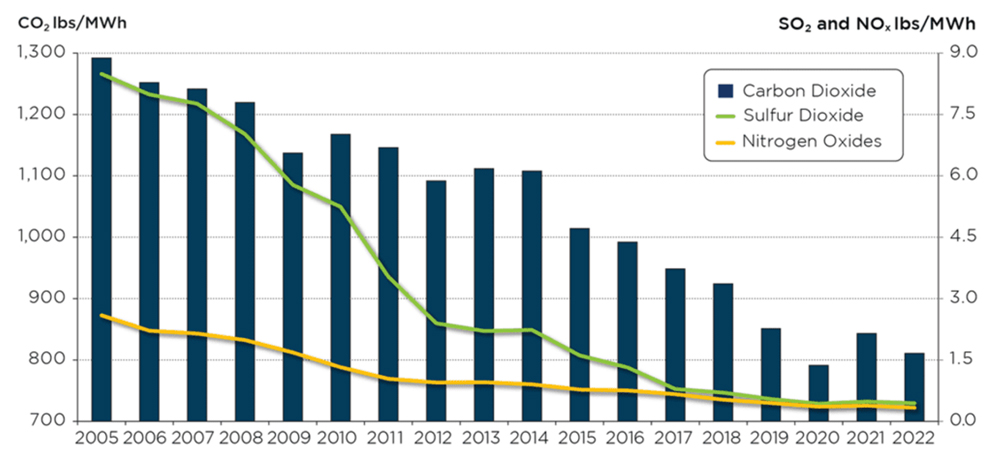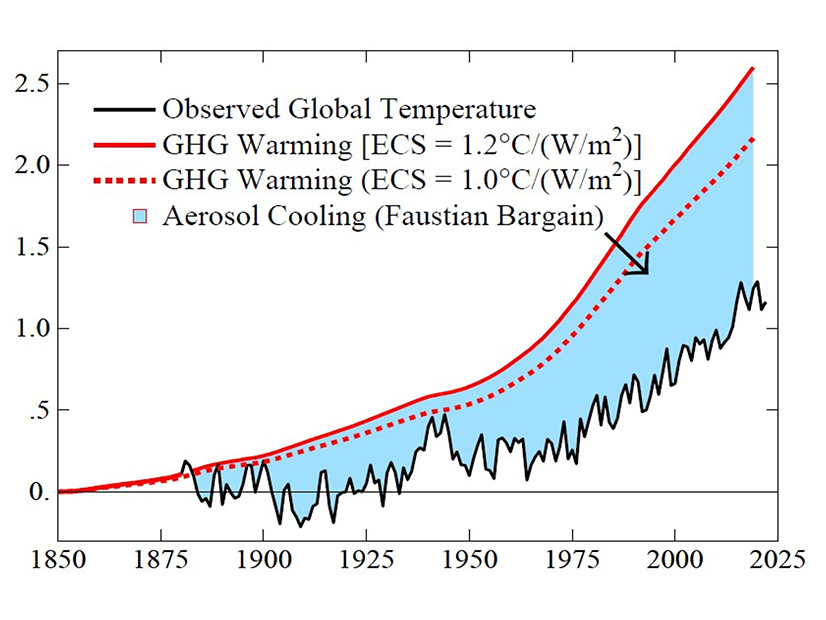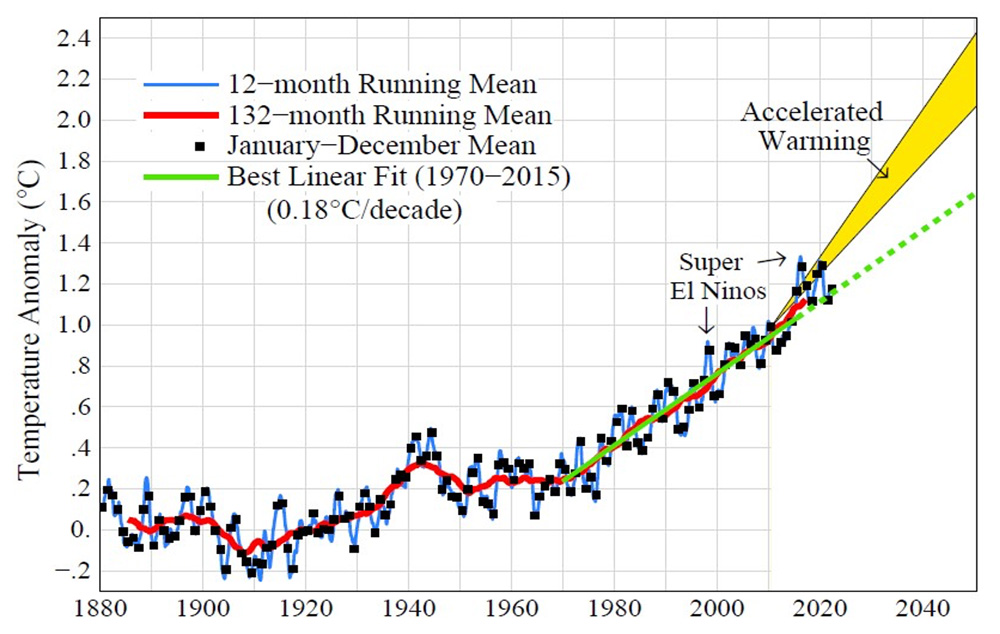PJM and stakeholders have finalized their critical issue fast path (CIFP) proposals and posted executive summaries detailing how their packages would redesign the capacity market if approved by the Board of Managers.
The proposals will be presented to the board during the CIFP Stage 4 meeting on Wednesday, followed by a special Members Committee meeting in which stakeholders will vote on recommending packages to the board. The board letter initiating the CIFP process stated its intention to direct PJM to make a FERC filing in October with a slate of capacity market changes to be informed by stakeholders’ recommended proposals.
The 20 proposals on the table largely fall into three camps: PJM’s two proposals and variants building off it from Constellation, Buckeye, Vistra, LS Power and the Consumer Advocates of the PJM States (CAPS); the Independent Market Monitor’s Sustainable Capacity Market (SCM) design and variants from Daymark/East Kentucky Power Cooperative (EKPC) and American Municipal Power (AMP)/J-Power; and an annual market with two capacity products designed by Leeward Energy and American Electric Power (AEP).
PJM Adds Annual Auction Design Proposal
Following stakeholder feedback that its seasonal capacity market design may need additional development, PJM added a second proposal retaining the annual Base Residual Auction (BRA) structure, while including all other changes in its original proposal. Both options will be voted on Wednesday. (See PJM Updates Proposal as CIFP Nears End.)
The seasonal design would allow generators to submit a “menu” of offers, with summer, winter and annual components. Seasonal offers would include the incremental costs to deliver capacity for that period, while the annual offer would be based on costs that could be avoided if the resource were to be committed for the full year. Resources would have separate accreditations for each season. Variable resource rate (VRR) demand curves would be created for each season and calibrated to allow the reference resource to recover its full annual costs in one season if the other season clears at zero.
Both the annual and seasonal proposals would include correlated outages, ambient de-rates and other availability risks in resource accreditation and all resources, except for energy efficiency, would be accredited under a marginal effective load carrying capability (ELCC) approach.
PJM’s proposals would shift to expected unserved energy (EUE), which aims to measure the breadth of an outage both in duration and number of megawatts shed, as the reliability metric instead of loss of load expectation (LOLE), which tallies the number of outages experienced. Marginal effective load carrying capability (ELCC) would be used for the accreditation of all capacity resources, except for energy efficiency.
The option for retroactive replacement of capacity obligations after a performance assessment interval (PAI) would be eliminated and the proposals would create a market where resources can trade hourly obligations prior to the day-ahead market.
Generators would have the option of using a default capacity performance quantified risk (CPQR) calculation to represent the risk they take on as a capacity resource.
Several Stakeholders Propose Variants of PJM Proposals
Three proposals — from the Monitor, Daymark/EKPC and AMP/J-Power — focus on the capacity performance (CP) non-performance penalty charge rate and the annual stop-loss limit. The three would redefine both parameters to be based on the annual BRA clearing price, rather than the net cost of new entry (CONE). Since their effect is the same, they will be combined in Wednesday’s voting.
The penalty rate and stop-loss were two of the three changes to the CP structure the MC recommended changing in a May vote. However, the Board of Managers directed PJM to file changes to the triggers initiating a PAI, which defines when a generator can be penalized for not meeting its capacity obligations. (See FERC Approves PJM Change to Emergency Triggers.)
In addition to changing the penalty and stop-loss to the capacity clearing price, Buckeye Power recommended that all capacity resources be required to offer into the energy market, provide hourly operating parameters and real-time telemetry, and have a fuel cost policy if their capacity offer is above zero. The company offered two variants of its proposals, including PJM’s seasonal and annual designs and the bulk of their other components.
Buckeye stated that PJM’s report on the December 2022 winter storm showed that the RTO lacks insight into the amount of curtailment it will receive from demand response (DR) resources and additional provisions are needed to ensure it can deliver on its capacity obligations. Either firm-service level (FSL) or guaranteed load-drop (GLD) would be required for DR to participate in the capacity market. Intermittent and DR resources would retain their exception from the requirement that generators offer into the capacity market.
Constellation’s two proposals mirror the bulk of PJM’s annual and seasonal capacity options, but change the risk modeling to use 50 years of historical weather data, rather than 30 years and would use a “prompt auction” timeline with six to 12 months between the auction and delivery year. The proposals also include a commitment to open a stakeholder process to consider additional changes to the energy and ancillary services (E&AS) markets.
PJM had proposed to use 50 years of weather data in previous iterations of its proposal, but arrived at the conclusion that an adjustment for warming temperatures would be needed past 30 years. After presenting multiple versions of how such an adjustment could be done, PJM decided to start its weather lookback with data from 1993 with no adjustment. The Constellation proposal would not include a climate change adjustment.
While it’s supportive of a more granular capacity market design in the future, Vistra’s executive summary argued that additional work is needed on a seasonal design before the company can support filing changes with FERC. Its proposal is based on PJM’s annual auction proposal, but with several modifications including retaining the ability for generation owners to retroactively substitute capacity obligations after a PAI, changing the default CPQR calculation and holding off on expanding the ELCC construct to all resources to the 2026/27 BRA to allow for more refining.
Vistra’s proposal would retain the penalty rate and stop-loss based on net CONE, arguing that using auction clearing prices to determine the penalties would reduce the incentive for resources to perform during an emergency. Eligibility for bonus payments to generators that overperform during a PAI would include all resources that are eligible to participate in capacity auctions, including those that do not clear. PJM’s proposal would tighten eligibility to only cleared capacity resources, which Vistra argued would reduce the incentive to perform.
The proposal includes PJM’s testing requirements, but states PJM should account for market and operating conditions when scheduling tests to avoid creating “testing traps” where a generator that would meet its obligations under real-world conditions nonetheless fails the test. It recommends testing take into account the gas pipeline nomination cycle, arguing that many resources would not procure fuel when system conditions do not indicate they will be dispatched.
The company’s proposal also calls for a stakeholder process to be initiated looking at improving accreditation for thermal resources, including marginal ELCC or alternatives, and a second CIFP process with the goal of “developing a framework that protects both consumers and market participants alike from market power, but allows resources to employ their best commercial judgement in submitting offers into the market.”
The consumer advocates’ proposal supports PJM’s seasonal model, but opposes calibrating the demand curves to allow full annual cost recovery in one season, arguing that could lead to a doubling of capacity payments. It also opposes removing the capacity benefit of ties (CBOT) from the balancing ratio, a proposition it calls “overly conservative” and not in line with the probabilistic manner in which the value of generation resources is viewed.
Removing CPQR from the calculation of resources’ avoidable cost rate (ACR) also raises market power mitigation concerns and leads to uncompetitive auctions. It recommends leaving CPQR as a component of ACR so that risks can be offset by net E&AS revenues.
“It is unlikely that any consumer advocate office could support such a significant change in PJM’s philosophies. The consumer advocates have always strongly supported competitive wholesale markets and see the competitive construct focus as a pillar by which PJM stands upon,” the CAPS executive summary states.
The proposal also includes changing the distribution of CP bonus payments to include a share going to consumers to reimburse them for the capacity that was not delivered by resources not meeting their obligations.
LS Power based its proposal off PJM’s annual capacity package, arguing the seasonal design has not been adequately vetted, modeled and back-cast. It would substitute the marginal ELCC accreditation for thermal resources with an equivalent unavailability factor-weighted approach, which reduces accreditation for any historical shortfall in performance. Capacity offers would be similar to the energy market, with generators offering market-based and cost-based offers. The marginal offer would be subject to the Monitor market power test and would be mitigated to the cost-based offer if it fails and the auction re-run until the marginal offer does not fail the market power test.
Fixed resource requirement (FRR) entities would be required to meet their own capacity needs, as well as the average percentage that the BRA has cleared above the installed reserve margin in the prior five years. The proposal also retains retroactive replacement transactions for generators and status quo eligibility for CP bonus distribution.
The LS proposal would change the CP penalty charge rate to be based on the BRA clearing price but leave the annual stop-loss based on net CONE. The company offered a second proposal identical to its first but leaving the status quo charge rate in place.
Monitor Proposes Hourly Model with Annual Pricing
The Monitor’s proposal would create a forward capacity market where committed resources are paid for the capacity they’re available to provide in each hour of the year based on a single annual clearing price.
Resources would be cleared based on their expected hourly availability, which is based on historical data including outage correlations with temperatures and weather.
Resources would be tested at least twice each year, once each in the summer and winter, and if they fail to start then or when dispatched they would forfeit all capacity revenues going back to the last time they started and reached their full installed capacity (ICAP) and going forward until they successfully start and ramp up to their ICAP. The Monitor’s executive summary argued that the model would incentivize resources to mitigate their risk by ensuring they’re able to start at any time of the year and to self-schedule their generators periodically to both self-test and to limit the potential lost revenue if they fail a test.
All resources, including intermittent and storage, would be subject to the requirement that resources offer into the capacity market, which the Monitor argued is imperative to ensure access to transmission capability is not withheld, as intermittents make up an increasing share of the PJM fleet. Resources’ obligation would be based on their availability in each hour and they would be paid when they’re available according to their obligation, which the Monitor argued means that intermittents would not be penalized for not being available when they couldn’t produce energy.
Without penalties for nonperformance, the proposal would eliminate the CP construct and its bonuses and penalties, which the Monitor said fail to provide functional incentives outside of PAIs and potentially can increase the likelihood of emergency conditions. The high penalty rates also create a corresponding relationship with the CPQR component in generators’ offers, increasing clearing prices.
“This impact illustrates the circular logic of the CP model. The CP model creates arbitrarily high penalty rates which affect CPQR which increase the ACR market seller offer caps … Under the SCM approach, the arbitrary and extreme penalties would be eliminated and therefore the impact on CPQR and the impact on capacity market clearing prices would be eliminated,” the Monitor’s executive summary states.
Stakeholder Hourly Capacity Proposals
The joint EKPC and Daymark proposal also would clear capacity to meet firm load in each hour of the delivery year with locational deliverability constraints, but would bifurcate the product into base capacity (BC), which would be hourly expected load plus the reserve margin, and emergency capacity, which is aimed at meeting hourly load during emergency conditions with modeling of extreme weather and fuel delivery force majeure. Resources could take either an EC or a BC position in capacity auctions, but not both.
Emergency capacity resources would be required to demonstrate they can operate under extreme temperatures and humidity, akin to the enhanced winterization concept in PJM’s proposal, show they have the financial ability to absorb non-performance penalties and have verifiable firm fuel. It would be procured in tranches and committed for three-year intervals.
Base capacity would be considered to have met its obligation if it offers committed capacity into the day-ahead and real-time markets, while EC would be considered to have not met its obligation if it’s unavailable during a dispatch day where emergency conditions are present. A non-performing EC resource would be subject to a penalty of the daily capacity rate multiplied by 120 and its unforced capacity. If it’s unavailable three times during a three-year interval, it would be removed from the roster of EC resources for the remainder of the period.
The third joint EKPC and Daymark proposal would combine PJM’s risk modeling component, eliminate CP penalties and use the Monitor’s hourly method of measuring and compensating capacity.
Taken together, the three joint AMP and J-Power proposals would create a two-phased transition to a modified version of the Monitor’s SCM. The transitional phase would include the proposed shift to a CP penalty and stop-loss based on capacity clearing prices, as well as changes to the balancing ratio to include net exports and applying the same penalties to FRR resources that generators participating in PJM’s Reliability Pricing Model face. The option of using physical penalty commitments also would be eliminated for FRR entities.
The proposal for the second phase would revise the SCM to have a two-year procurement horizon with two Incremental Auctions and no exceptions to the requirement that capacity resources offer into the energy market.
Leeward and AES Propose Four-plus Season Market
A proposal from Leeward and AES, jointly made as the capacity coalition, would create a capacity market with at least four seasonal and four intervals for each day of the delivery year. The auction structure would follow the status quo for establishing clearing prices, but would have separate accreditation for their expected output for each seasonal and daily interval. All resources would be subject to the must-offer requirement into the capacity market once the new market structure has been established.
Rather than being designed for implementation in coming auctions, like other proposals, the coalition’s proposal recommends rollout in the 2030-31 delivery year. The proposal calls for an additional CIFP-like process to create more detailed rules for the new structure.
